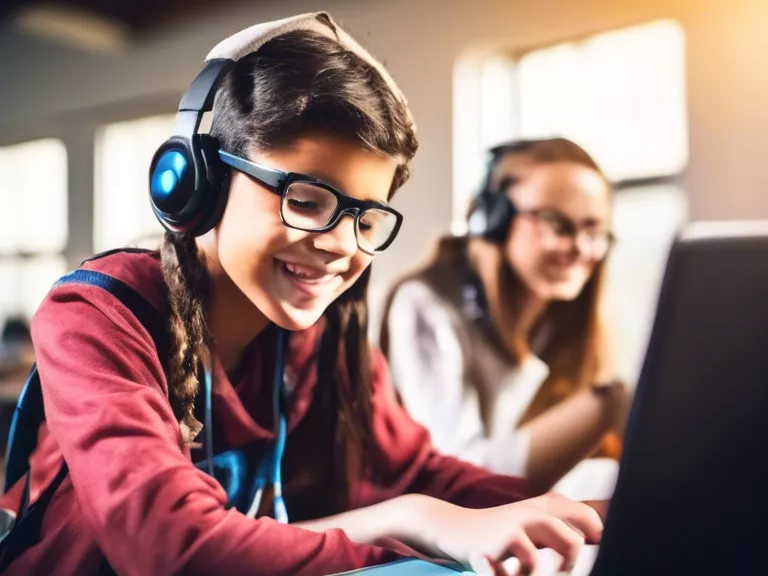
In recent years, gamified learning has become increasingly popular in education as a way to increase student motivation and engagement. By incorporating elements of games into the learning process, educators are able to create a more interactive and immersive experience for students. But what exactly is gamified learning and how does it impact student motivation and engagement?
Gamified learning involves using game design principles in non-game contexts to enhance the learning experience. This can include elements such as point systems, levels, badges, leaderboards, and competition. By tapping into the natural human desire for competition and achievement, gamified learning can motivate students to actively participate in their own learning process.
One of the key ways gamified learning impacts student motivation is through the use of rewards. When students are able to earn points, badges, or other rewards for completing tasks or achieving certain goals, they are more likely to stay engaged and motivated to continue learning. This sense of accomplishment can help boost students' self-esteem and confidence, leading to increased motivation and improved academic performance.
In addition to rewards, gamified learning also promotes a sense of autonomy and mastery. Students are able to work at their own pace, progress through levels at their own speed, and receive immediate feedback on their performance. This sense of control over their own learning can increase students' intrinsic motivation and make the learning process more enjoyable and fulfilling.
Furthermore, gamified learning can foster a sense of collaboration and social interaction among students. By incorporating elements of competition and teamwork, students are encouraged to work together, support each other, and celebrate each other's successes. This sense of community can create a positive learning environment where students feel motivated to learn and succeed together.
In conclusion, gamified learning has a significant impact on student motivation and engagement by tapping into their natural desire for competition, rewards, autonomy, mastery, and social interaction. By incorporating game design principles into the learning process, educators can create a more engaging and interactive learning experience that motivates students to actively participate in their own learning journey.



